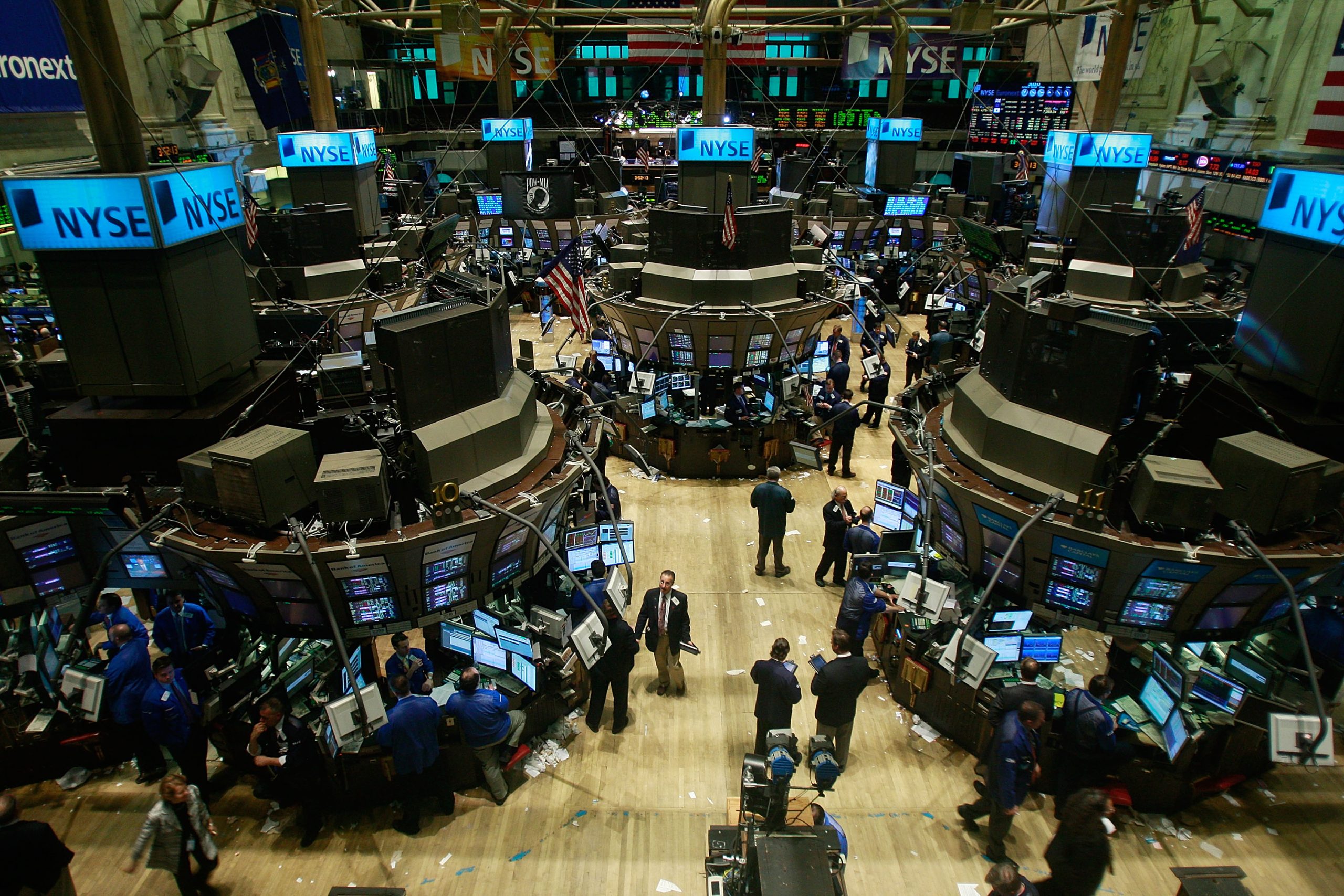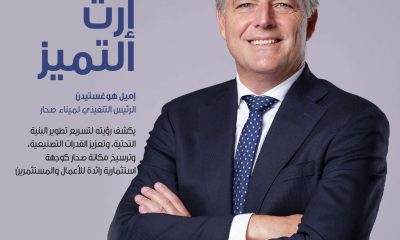Uncategorized
USD’s current soft patch is living on borrowed time as world once again goes on Fedwatch
It is still premature to write the obituary of the King Dollar uptrend, even though the loonie has been on a rampage since mid-February.

It is still premature to write the obituary of the King Dollar uptrend, even though the loonie has been on a rampage since mid-February.
Asurprising growth in US payrolls with a gain of 242,000 net new jobs in February 2016, puts a June rate hike back on the agenda. After all, a self-styled “data dependent” Federal Reserve under Dr Janet Yellen waited far too long to raise rates on misplaced recession risk fears and could well be “behind the curve” if wage inflation metrics begin to creep higher. Of course, negative interest rates in Japan and Europe, recession in Russia and Brazil, devastation in the commodities complex and the slowest Chinese growth in 25 years have reinforced the dovish arguments of Dr Yellen and her allies on the FOMC. However, central bank divergence is the most likely macro scenario for the summer and autumn of 2008 as the Fed tightens while the ECB, the Bank of Japan, the People’s Bank of China and the Reserve Bank of India ease. This means the US dollar’s current soft patch is living on borrowed time as the world once again goes on Fedwatch for the June FOMC.
My strongest conviction macro trade is long US dollar/yen at 112 for a 120 yearend target. The tight US labour market and vibrant consumer/housing economy means US Treasury debt yields move higher, despite the fall in exports and average hourly earnings. Japan’s life insurers, trust funds and even the colossal Government Pension Investment Fund have to export trillions of yen in their quest to buy higher yield foreign bonds and equities. The Bank of Japan may well show restraint this spring to adhere to the Shanghai G-20’s pledge against a competitive devaluation but Kuroda-san is nowhere near his 2 per cent inflation target. So even as the cherry blossoms falls on the sacred slopes of Mount Fuji, the Japanese economy is still haunted by the ghosts of its “two lost decades” and deflation risk. The Chinese equities and Wall Street junk bond market woes ignited the global risk aversion spasm that led to a 6 per cent rally in the Japanese yen in 2016.
However, the yen is no safe haven as long as the Federal Reserve tilts to monetary tightening, Japan’s real GDP growth rate turns negative and Watanabe refuses to boost spending. Prime Minister Shinzo Abe could well be forced to delay the timetable of the proposed VAT (scheduled for April 2017) even as economic growth slumps. The Bank of Japan’s 2 per cent inflation target is a cruel joke since core inflation was a mere 0.7 per cent. There is a $6bn net long yen position in the Chicago currency futures markets that will be desperate to unwind if the FOMC moves in June, the US Treasury ten year note rises above 2 per cent or the Bank of Japan shocks financial markets with another “shock and awe” easing. The political and financial logic of Abenomics necessitates a lower yen, possibly as low as 140 by end 2017. For now, I expect the yen to trade in a 112 – 120 range in 2016.
Boris Johnson’s decision to join the Brexit bandwagon led to a sterling fall to its lowest level against the dollar since 2009, but will not impact the outcome of the June 23 referendum. I expect the British electorate will vote for economic security and vote to remain in the EU. London bookies put the odds of Brexit at one in three. Sterling bears have created an undervalued cable trade at 1.39 for a 1.45 target. I am also surprised by the rise in six month sterling volatility, which can remain elevated until the June referendum. I expect sterling to remain under pressure though UK economic growth could well rise due to a resilient High Street and ‘J’ curve boost to exports. This does not necessarily mean a Bank of England rate hike until spring 2017. Yet, I believe the risks of a sterling crisis cannot be ruled out in June if the Fed tightens while the British vote to leave the EU. This would be an immediate growth shock for the UK economy, traumatise the City of London and cause a free fall in the sterling. This means Euro/sterling could well rise to 0.65 and cable (sterling/dollar) fall to 1.25. I would sell out of the money (1.34 strike) puts in sterling, if the pound falls to 1.38 spot to take advantage of expensive volatility but hesitate to take binary, event risk.
The 45 per cent rally in crude oil since its January lows is hugely bullish for the Canadian dollar, which has surged from 1.46 to 1.32 against the UD dollar as I write. This frenzied rally is in dramatic contrast to the 14 per cent October-January free fall in the loonie. It is significant that the Canadian dollar has also appreciated on its major crosses, rising against the sterling, Euro and even the Aussie dollar. The ballast in the spring 2016 loonie rally has been the surge in West Texas crude oil and the narrowing in US-Canada interest rate differentials. US shale oil producers will go bust in West Texas and North Dakota once hedges expire, $500bn in new oil projects will be mothballed and Saudi Arabia will implement an output freeze to test the Kremlin. I see no reason why Brent cannot trade in the $45-50 range. This could mean the Canadian dollar could well rise to 1.28 by mid-April. Justin Trudeau’s Federal budget’s fiscal stimulus will also be loonie bullish. Yet the Canadian dollar rally could well peak sometime in May if the financial markets once again price in a June FOMC rate hike and the short covering rally in crude oil crumble against the grim realities of a global glut in black gold. It is still premature to write the obituary of the King Dollar uptrend, even though the loonie has been on a rampage since mid-February. I envisage a 1.28-1.38 trading range for the loonie in the next three months.
Dr Mario Draghi fired the mother of all monetary bazookas on March 10. The ECB cut its deposit rate to minus 0.4 per cent, cut its refi rate to zero, increased its asset purchase programmes from € 60 to 80bn and added corporate bonds to its list of eligible purchases. While Draghi’s pushback against further rate cuts led to risk aversion and a 4 cent Euro rally, I believe the ECB’s “shock and awe” monetary and credit ease is unquestionably Euro bearish. The dramatic increase in the scope and composition of the ECB balance sheet also means that relative monetary policy divergence between Washington and Frankfurt will continue to pressure the Euro this summer. This means the Euro could well depreciate to 1.05 this summer if the Federal Reserve turns less dovish or even increases the Fed Funds rate in the June or September FOMC. I believe it is imprudent to bet against the US dollar this summer, despite its current softness against the yen, Euro and loonie this spring.
India’s 2016 Union budget was positive for the rupee as its Finance Minister Arun Jaitley retained the BJP government’s 3.5 per cent budget deficit target. Fiscal consolidation and public sector bank recapitalisation programmes mean a policy cut by the RBI in April and a steeper rupee bond market yield curve. Dr Rajan will allow the rupee to depreciate, albeit with sterilised intervention to prevent any shock once the Federal Reserve begins to tighten. This means a year-end rupee target of 69-70 to me. Higher oil and food (pulse) prices this summer could limit more RBI rate cuts beyond a 25 basis point cut in April to 6.5 per cent. Moreover, the IMF and Wall Street investment bank flag caution on India’s bad loan stressed banking sector.
-

 Alamaliktistaad Magazines2 months ago
Alamaliktistaad Magazines2 months agoAlam Al Iktisaad – September 2025 Edition
-

 Magazines2 months ago
Magazines2 months agoOER – September 2025 Issue
-

 News2 months ago
News2 months agoKitchenomiKs Secures Investment of US$3.2M Led by Jasoor Ventures
-

 News2 months ago
News2 months agoCent Capital, AI Finance App by ex-AWS Strategist ‘The Beast of Bay Area,’ Launches to End Financial Anxiety, Hits $1M AUM
-

 News2 months ago
News2 months agoOman Inaugurates ‘Hadatha’ – Its All-New Cybersecurity Center
-

 Banking & Finance2 months ago
Banking & Finance2 months agoOman Arab Bank Highlights Its Ongoing Strategic Initiatives and Future Plans
-

 News2 months ago
News2 months agoIEA Expects Global Oil Market to Remain Oversupplied in 2026
-

 Energy2 months ago
Energy2 months agoWLGA Middle East LPG Summit & Expo 2025 to be held at OCEC on November 10 and 11































You must be logged in to post a comment Login